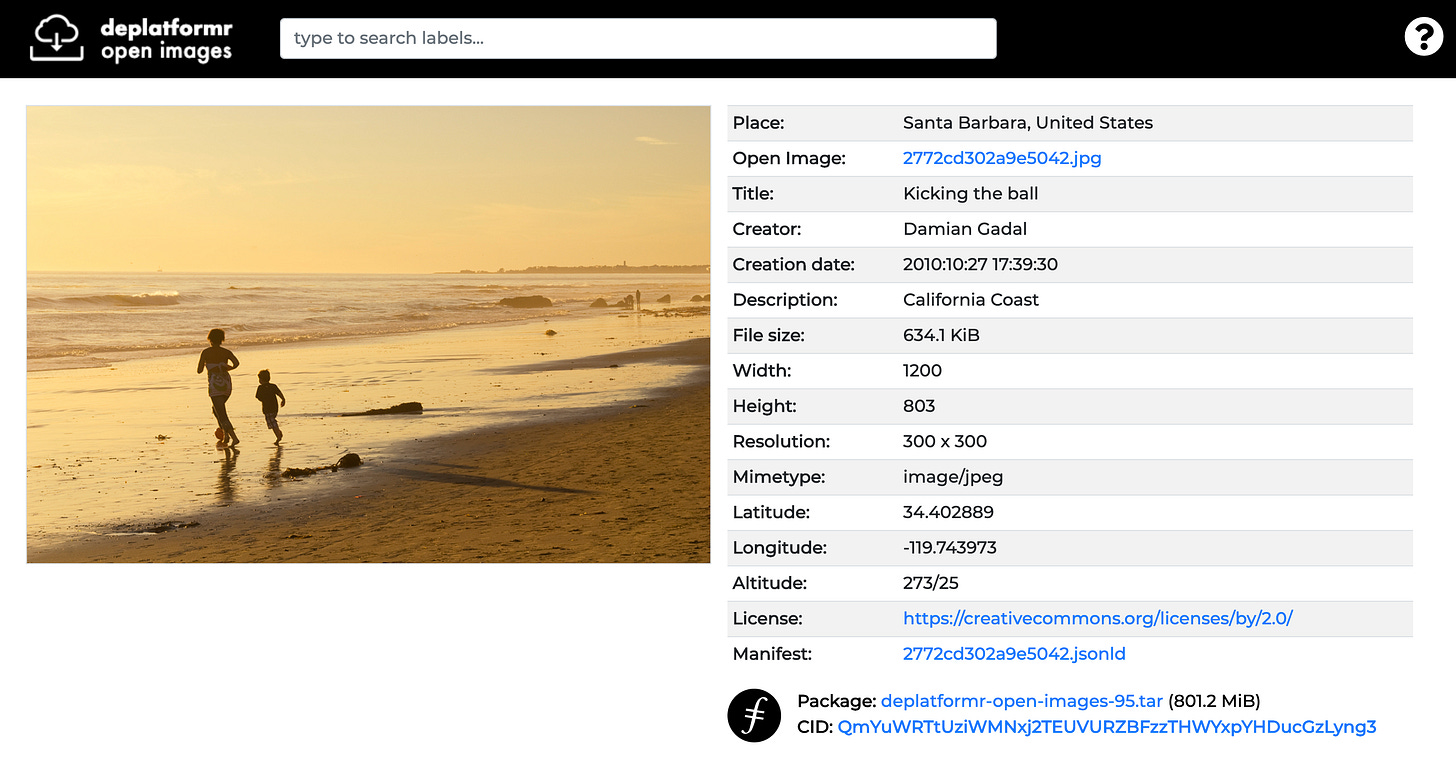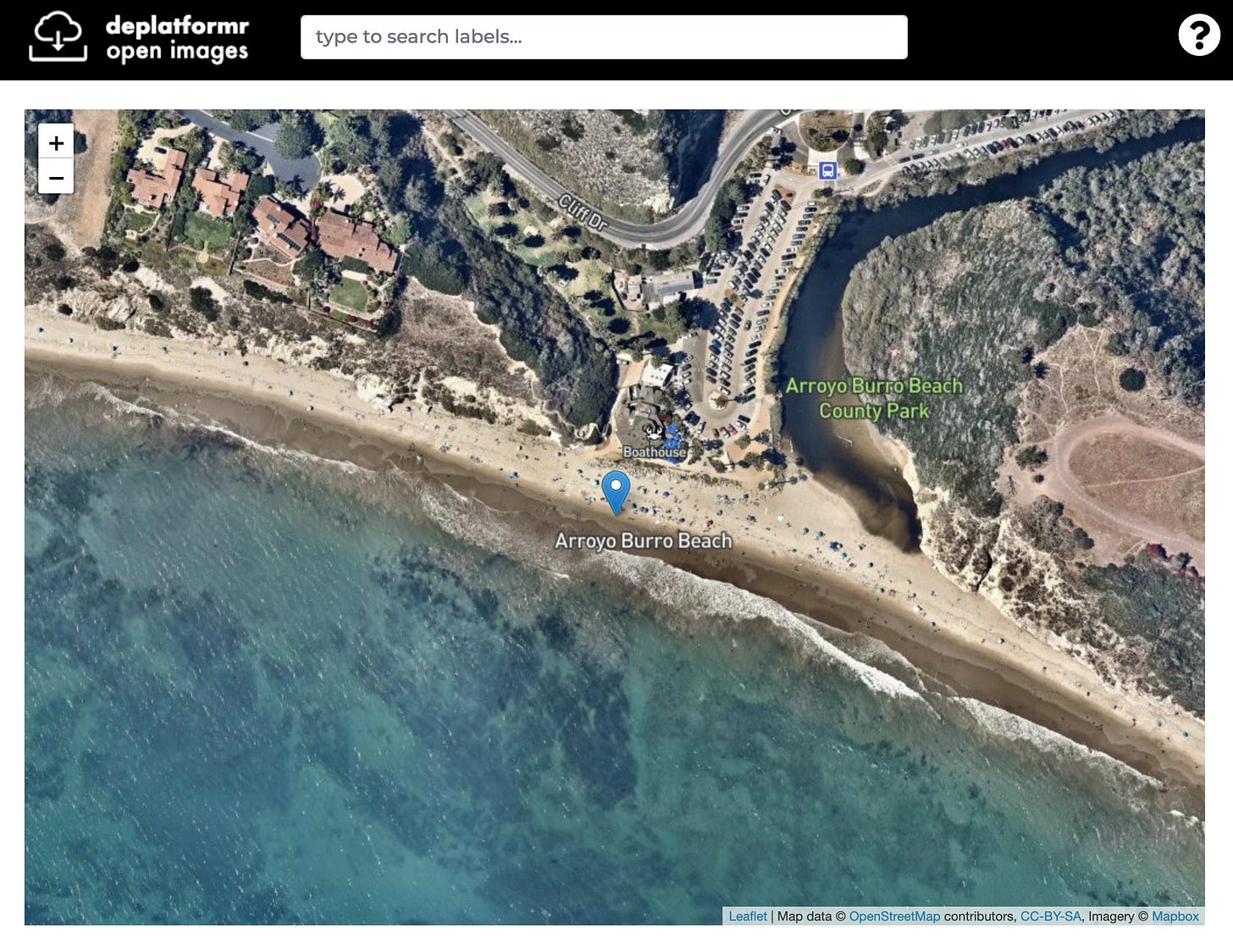Deplatformr in the Slingshot Space Race
How we put Google Open Images on the map.
These past two weeks have been a hectic learning experience for the Deplatformr team. After completing our first prototype and participating in Gitcoin Apollo Demo day, we entered in to the Filecoin Slingshot Space Race competition.

The Slingshot competition challenged development teams to back up maximum amounts of valuable public datasets to Filecoin, all within a short timeframe. Teams also had to create a viable UI application to demonstrate use of that data.
The Deplatformr team chose to work with the Google Open Images dataset because we will enable our users to generate their own machine learning models against their personal content collections. Open Images is a rich resource for training these image classification models.
3% of the photographs in the Open Images dataset contain embedded geodata. We extracted the latitude and longitude values from this subset of data and did a reverse geocode lookup to find the city and country where the photograph was taken. We also provide other useful information such as the creator name, image creation date, width and height, file size, and resolution, along with any title or description information that the original creator might have entered into the embedded image metadata.

All this additional information will be useful for comparing and training new machine learning models on this dataset. We see the Slingshot competition as an opportunity to explore an experimental research and development angle. The working hypothesis is that new information will emerge about an image and its geolocation when we combine extracted photograph metadata with machine learning annotations.
For now, in the current Deplatformr Open Images release that we submitted for the Slingshot deadline, it’s just kind of fun to explore the various images and their specific locations around the world. You follow hyper-linked machine learning labels around or search for new ones using an autocomplete search. A click on a map icon will swoop you down to a detailed satellite view of the photograph location and provide you with interesting context about its capture.

Try it out at https://open-images.deplatformr.com. Click on the ? icon to read more about the project background, including the digital preservation pipeline we created to package the Open Images and upload them to Filecoin.

